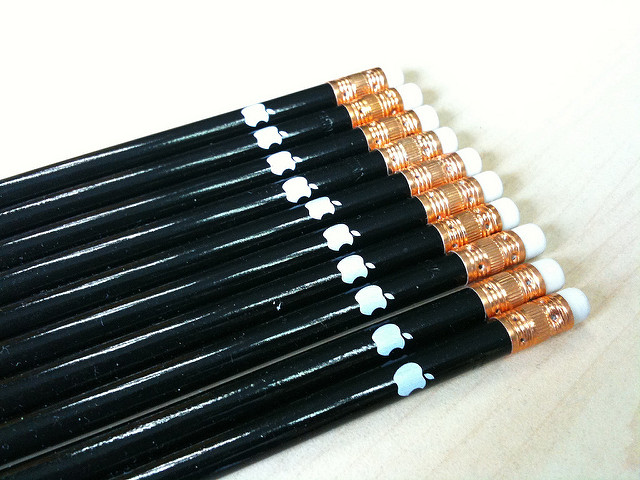
There’s a reason Donald Trump and Hillary Clinton keep talking about factory workers.
The American manufacturing sector gets plenty of attention at election time. There is recent, quantifiable evidence of this from 2012, when a post-election review of campaign TV advertising found that factory settings were among the most ubiquitous images of the entire cycle.
The fate of manufacturing — inextricably linked to the country’s current debate of the merits of international trade — is a big deal again in 2016.
Donald Trump has made a wholesale rejection of U.S. trade policy a central platform plank. Hillary Clinton, meanwhile, has become a trade skeptic this year too, after being pulled to the left on the issue by Bernie Sanders. She spent the third presidential debate needling Trump — the cycle’s self-styled working class champion — about his habit of using Chinese-made steel in his construction projects. Still, both candidates extol the virtues of factories and their workers.
But while manufacturing has received the typical reverence from political candidates, it has attracted a lot of skepticism from the punditry, too.
Already a number of thinkpieces have sprouted up, questioning just how fundamental factory work really is to a healthy economy. One of them had a very fine-pointed headline: “Why are politicians so obsessed with manufacturing?”
These opinions always contain the usual caveats, tips of the hat to the millions of factory jobs with low barriers to entry that built the middle class of postwar America, before asking:
What’s the point of lionizing an industry that can’t — and won’t — provide the same broad employment opportunities again?
Those jobs are gone! They aren’t coming back!
Our public policy efforts are better spent on other pursuits than revitalizing our manufacturing sector.
I’d argue otherwise. This has nothing to do with nostalgia; this is a big-picture argument, and the critics don’t see the forest through the trees.
To see it, we first have to look back to 2000, when the United States granted normalized trade relations with China. American manufacturing employment, which had held steady at about 18 million jobs for a few decades, began to shrink.
Factory work fled to cheap labor markets in Asia. Many were left unemployed, or in a state of chronic job churn, but in return, the American consumer (for a while) got marginally cheaper prices at Walmart and Target.
First, it was the manufacture of plastic toys, trinkets and clothing that was offshored. Then it was electronics. And it’s been high-end consumer electronics for a while now.
It may not be long until the Apple packaging will read “Designed in Shenzhen.
Consider this example from America’s tech sector, presently the leading light of the U.S. economy. Ever notice how it says “Designed in California” on the packaging of your brand new Apple product?
Well just a week or two ago, Apple announced it was planning a big new research and development facility — not in the San Francisco Bay area, but in Shenzhen, the city in southern China that’s now a well-established manufacturing powerhouse. This is in addition to another R&D center the company has planned in Beijing.
It would appear the company sees value in cohabitating its engineering — where the ideas for the next big product (and market) are incubated — right near its production lines.
It may not be long until the Apple packaging will read “Designed in Shenzhen.” Or maybe they’ll just scrap that tagline altogether.
There’s a lesson to be learned from this development: No, manufacturing isn’t the entirety of an industrial engine. Economic growth isn’t just making things. But we’ve willingly separated the generation of an idea from its manufacturing into a physical something that’s salable. And that’s going to have long-term repercussions, as Willy Shih and Gary Pisano of the Harvard Business School noted in their seminal 2009 piece, Restoring American Competitiveness.
Yes, America’s most profitable companies took root and sprouted in Silicon Valley. But those companies simply don’t employ many people in the United States. They employ hundreds of thousands of people overseas, and not just in production — in development, too.
What will that mean for the next must-have product? It may still be designed here in the United States, but for how long? We certainly won’t make them in America. What’s more, most Americans aren’t reaping the benefits of their commercial success. At some point, it may fall to us to simply consume them.
First, we willingly ceded manufacturing to our international competitors. Now, the design and engineering that makes manufacturing happen is following it, joining production to complete a natural industrial ecosystem.
These things tend to cohabitate for a reason. That’s why manufacturing deserves so much attention.
